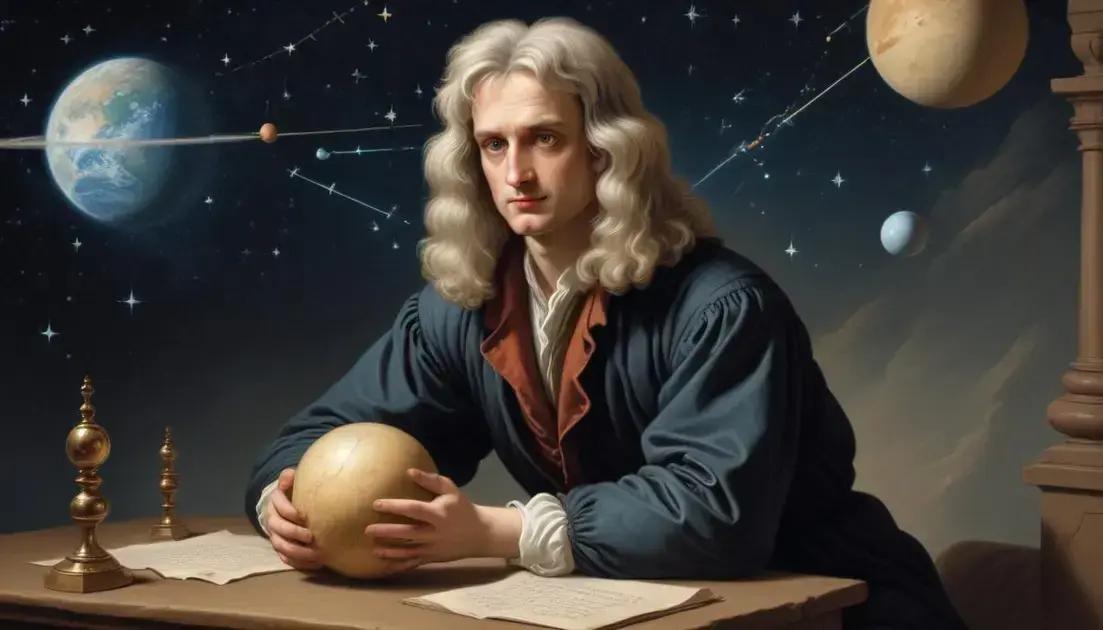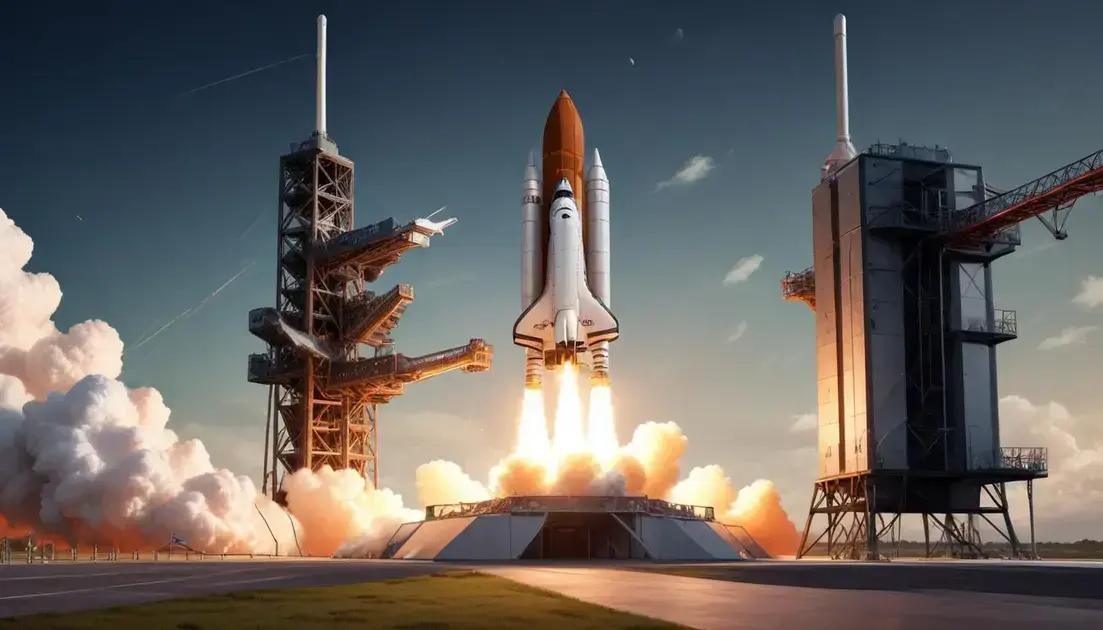
Universal Gravitation: Newton and the Unification of Celestial and Terrestrial Laws
Isaac Newton significantly advanced our understanding of both celestial and terrestrial physics through his laws of motion and universal gravitation. His work connects the forces that govern objects on Earth to those in space, influencing modern science and cosmology. Newton’s groundbreaking ideas laid the foundation for future astronomical studies, enabling precise predictions about planetary movements and unlocking new insights into the universe’s structure. His legacy continues to inspire current scientific exploration, proving that the principles of gravity and motion are essential for comprehending our world and beyond.
Gravitation is a fascinating subject that goes beyond just the pull of the earth. It’s the thread that connects our universe, illustrating how forces in the cosmos also govern our daily lives. Dive in and explore how Newton redefined our understanding of the cosmos!
The concept of gravity in Newton’s work
Isaac Newton made groundbreaking contributions to our understanding of gravity. He showed how this force works not just on Earth, but throughout space as well. Gravity pulls objects toward each other. This means that everything with mass creates a gravitational force. For example, the Earth pulls us down, and we pull back on it too.
Newton’s Law of Universal Gravitation
One of the most important ideas from Newton is the Law of Universal Gravitation. It states that every point mass attracts every other point mass in the universe. The strength of this force depends on two things: the masses of the objects involved and the distance between them. The greater the mass, the stronger the pull. Also, the closer two objects are, the stronger the attraction.
The Apple and the Tree
A famous story about Newton involves an apple falling from a tree. This event sparked his curiosity about why objects fall. He wondered if the same force that made the apple drop also kept the moon in orbit around the Earth. This connection changed how we view the universe.
Gravity in Action
Gravity isn’t just an idea; we see it every day! When you jump, gravity pulls you back down to the ground. When you throw a ball, it follows a curved path due to gravity’s pull. This constant force shapes our world and keeps everything in place.
Challenges in Understanding Gravity
Even though we understand gravity better now, it remains mysterious in many ways. For instance, Newton’s laws describe how gravity works but don’t explain why it exists. Scientists continue to explore these mysteries, leading to new discoveries that build on Newton’s work.
Unifying celestial and terrestrial physics
Isaac Newton’s work brought together two important areas of physics: celestial and terrestrial. These terms may sound fancy, but they simply mean the sky and the Earth. Newton showed us that the same laws apply both in space and on the ground.
The Same Rules Apply
Before Newton, people thought the heavens and Earth followed different rules. But Newton’s discoveries changed that idea. He proved that gravity affects planets in space just like it affects us here on Earth. This was a big deal!
Understanding Orbits
With his law of gravitation, Newton explained how planets revolve around the sun. These planets are held in their orbits by the sun’s gravity, just as an apple falls to the ground because of Earth’s gravity. This connection was groundbreaking.
Gravity’s Role in Space
Newton’s theories helped us understand many space phenomena. For example, they explain why the moon orbits Earth and why Earth orbits the sun. Without gravity, everything would float apart!
Impact on Science
By unifying celestial and terrestrial physics, Newton laid the groundwork for modern science. His work opened the door for future scientists to explore the universe. They could now measure and predict the movements of stars and planets with more accuracy.
Newton’s ability to see the big picture made a huge impact on how we understand our world and the cosmos. His insights helped bridge the gap between our everyday experiences and the vastness of space.
Impact on modern science and cosmology
Newton’s work had a huge impact on modern science and cosmology. His discoveries changed how we understand the universe. They shaped the way scientists explore space and study the laws of nature.
Foundations of Physics
Newton laid the groundwork for classical physics. His laws of motion and gravitation are still taught today. They help explain so many everyday situations, like why objects fall or how we drive cars.
Advancing Astronomy
Before Newton, astronomy was mostly observational. His theories allowed astronomers to make predictions. They could estimate where planets would be in the sky. This led to more precise maps of the night sky.
Understanding the Universe
Newton’s insights have influenced cosmology, the study of the universe’s origin and structure. He showed that gravitational forces shape galaxies, stars, and planets. His work hinted at the vastness of space and the forces that hold it together.
Inspiring Future Scientists
His ideas inspired many great scientists. Researchers like Einstein built on Newton’s theories. They expanded our knowledge of gravity and space. Newton’s legacy continues to shape research today.
The Legacy Continues
Even with modern technology, we still rely on Newton’s principles. From launching rockets to understanding black holes, his work endures. Newton opened the door to scientific exploration that keeps expanding.
Conclusion
In conclusion, Isaac Newton’s work profoundly changed our understanding of the universe. His laws of motion and gravity not only explain how things work on Earth but also guide our knowledge of space. By unifying celestial and terrestrial physics, he opened new doors for modern science and cosmology.
Newton’s impact continues to inspire scientists today. His ideas laid the groundwork for many discoveries that followed. As we explore the universe further, we build on his legacy, always seeking to understand more about the forces that shape our world. Newton’s wisdom reminds us how interconnected science really is, and that the quest for knowledge never ends.


